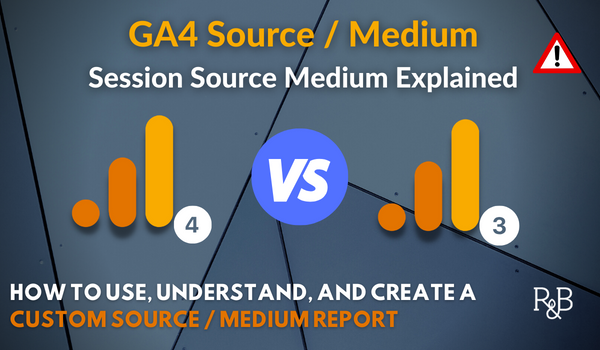Introducing the Influence of Second Measurement in Google Analytics on Information Analysis and Insights
In the realm of information analytics, the usage of second dimensions within Google Analytics has actually emerged as a crucial device for drawing out much deeper insights and unraveling complex patterns that may or else continue to be covered. By peeling off back the layers of main data sets, secondary dimensions provide a nuanced point of view that enhances the understanding of individual behavior, site performance, and the effectiveness of advertising methods.
Discovering the Concept of Secondary Measurements
Second dimensions in Google Analytics supply additional insights by permitting users to assess primary information in combination with a secondary attribute. By including secondary measurements, customers can delve much deeper right into the data and discover beneficial correlations that may or else go unnoticed - what is a secondary dimension in google analytics.
By exploring the different additional measurements available in Google Analytics, individuals can unlock new insights and optimize their digital marketing efforts. In essence, secondary dimensions serve as a powerful tool for improving data analysis and driving actionable results.
Enhancing Data Interpretation With Secondary Dimensions
Having actually established the fundamental understanding of additional dimensions in Google Analytics and their critical role in information analysis, the focus currently moves towards leveraging these second credit to improve the interpretation of analytics information (what is a secondary dimension in google analytics). By integrating secondary measurements into information evaluation, analysts can obtain much deeper insights right into user actions, internet site performance, and marketing performance

Moreover, additional dimensions aid in contextualizing main data metrics by giving added layers of information. This contextualization help in recognizing the 'why' behind the data fads, assisting analysts make educated decisions and optimizations to boost general efficiency. Inevitably, integrating secondary measurements enhances the data analysis process, bring about even more significant understandings and calculated actions.
Uncovering Hidden Insights Via Second Dimensions
Exploring the depths of analytics data with secondary dimensions discloses beneficial insights that would or else remain covered. By incorporating additional measurements in Google Analytics, services can unearth concealed patterns, patterns, and relationships that offer an even more comprehensive understanding of individual actions and website efficiency. These added layers of data enable experts to dive deeper into the key measurements, such as traffic sources or landing web pages, and obtain a more nuanced viewpoint on exactly how different variables communicate with each other.
With the use of second measurements, analysts can segment and contrast data across numerous dimensions, enabling them to identify certain factors that influence customer interaction, conversion rates, and overall success metrics. By coupling the main dimension of 'tool classification' with the second dimension of 'age group,' online marketers can determine which age demographics like accessing the website via mobile gadgets versus desktop computers.
Leveraging Additional Measurements for Actionable Analytics
Building upon the understandings revealed through additional dimensions in Google Analytics, organizations can now harness this enriched information landscape to drive actionable analytics and critical decision-making. By leveraging additional measurements, organizations can dive deeper right into their data to draw out beneficial patterns, patterns, and correlations that might have previously gone unnoticed. This much deeper level of evaluation enables organizations to acquire an extra extensive understanding of customer habits, project performance, and total site performance.
One key benefit of making use of additional measurements for workable analytics is the ability to section information based upon particular requirements. This division allows companies to customize their projects and strategies to different audience teams, leading to much more targeted and reliable marketing efforts - what is a secondary dimension in google analytics. In addition, second dimensions offer a more all natural view of individual communications, enabling services to maximize their website content, design, and overall individual experience
Optimizing Decision-Making With Second Measurements
To boost critical decision-making in analytics, leveraging second measurements in Google Analytics can give an extra nuanced viewpoint on customer actions and project efficiency. By integrating additional measurements into data analysis, businesses can delve deeper into the specifics of their website site visitors' communications and involvement patterns. This added layer of details enables a more detailed understanding of exactly how various variables, such as demographics, devices, or web traffic resources, influence key efficiency indicators.
 view publisher site is a secondary dimension in google analytics
view publisher site is a secondary dimension in google analytics"/>
Final Thought
In verdict, using second measurements in Google Analytics plays a critical function in enhancing information analysis and uncovering concealed insights. By discovering this principle, one can get a deeper understanding of customer habits and make informed decisions based upon actionable analytics. Leveraging secondary dimensions enables for a much more detailed analysis of data and takes full advantage of the efficiency of decision-making processes.
